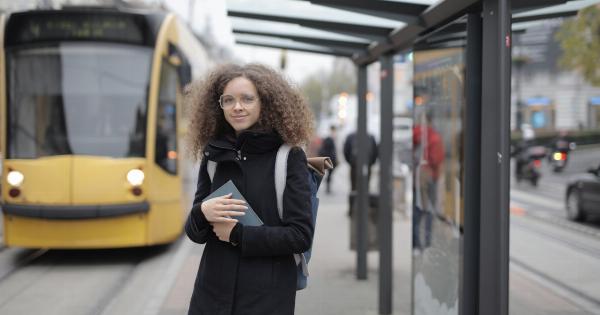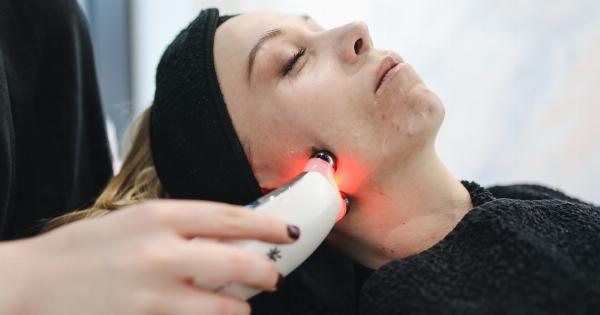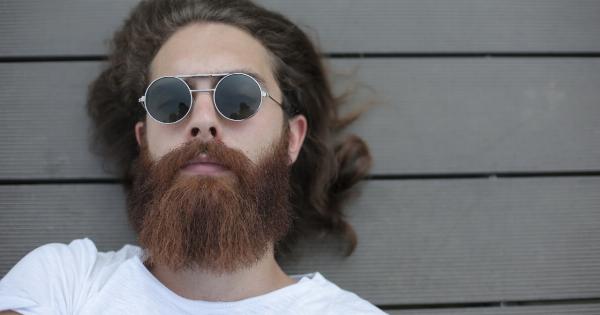Losing hair can be a traumatizing experience, especially for those who value their appearance and want to look their best.
Hair restoration has become a popular solution for people who have lost their hair due to different reasons, such as genetics, stress, and medical conditions. It is a surgical or non-surgical procedure aimed at restoring hair growth to the bald or thinning areas of the scalp.
Types of Hair Restoration Techniques
There are several hair restoration techniques available today that you can choose from depending on your hair loss condition, budget, and preferences. Here are some popular hair restoration options:.
Follicular Unit Extraction (FUE)
FUE is a minimally invasive hair transplant procedure that involves extracting individual hair follicles from the donor area using a specialized tool and then implanting them into the balding or thinning areas of the scalp.
This technique leaves no visible scars and requires little downtime, making it a popular option for many people.
Follicular Unit Transplantation (FUT)
This is a surgical hair restoration technique that involves removing a strip of skin from the donor area and then dissecting it into small units containing hair follicles, which are then transplanted into the recipient area.
This technique may leave a visible linear scar, and the recovery time may be longer than FUE. However, it can be more cost-effective for some people.
Scalp Micropigmentation (SMP)
This is a non-surgical hair restoration technique that involves tattooing the scalp with micro-pigments to mimic the appearance of natural hair follicles. It can be a practical solution for people who prefer a low-maintenance, short hair look.
Low-Level Laser Therapy (LLLT)
LLLT is a non-invasive hair restoration technique that uses low-level laser light to stimulate hair growth by improving blood flow and oxygenation in the hair follicles.
It is an FDA-approved treatment that can be used as a standalone therapy or in combination with other hair restoration methods.
Platelet-Rich Plasma (PRP) Therapy
This is a non-surgical therapy that involves injecting a patient’s own platelet-rich plasma into the scalp to stimulate hair growth.
PRP therapy has been found to be effective in treating androgenetic alopecia, which is the most common cause of hair loss in men and women.
The Hair Restoration Process
The hair restoration process involves several steps, starting from a consultation with a hair restoration specialist to determine the most appropriate procedure for your hair loss condition.
Here is a general overview of what you can expect during a hair restoration procedure:.
Hair Loss Evaluation
During your consultation, a hair restoration specialist will evaluate your hair loss condition, determine the extent of your hair loss, and recommend the most appropriate hair restoration method.
They will also examine your donor area to determine the viability of the hair follicles for transplantation.
Preparation
Before your hair restoration procedure, you may be asked to stop taking certain medications that can interfere with the transplant process. You may also be instructed to avoid consuming alcohol and smoking for a few days before and after the procedure.
The Procedure
During the hair restoration procedure, you will be given anesthesia to ensure you remain comfortable throughout the process.
If you are undergoing FUE or FUT, the hair restoration specialist will remove hair follicles from the donor area and transplant them to the balding or thinning areas of the scalp. For non-surgical procedures like SMP and LLLT, specialized equipment will be used to apply the treatment.
Post-Procedure Care
After the procedure, you will be given specific instructions on how to care for your scalp to ensure a successful hair restoration outcome.
This may include avoiding strenuous physical activities, keeping the scalp dry, and avoiding exposure to direct sunlight. You may also be given medication to relieve any pain or discomfort you may experience.
The Benefits of Hair Restoration
Hair restoration has numerous benefits, including:.
Improved Appearance
Hair restoration can help restore a youthful appearance by filling in balding or thinning areas of the scalp, boosting your self-confidence.
Low Maintenance
Some hair restoration techniques, such as SMP, require minimal maintenance and can provide a low-maintenance, short hair look.
Effective
Hair restoration techniques have been found to be effective in restoring hair growth in most cases, providing long-lasting, natural-looking results.
Cost-Effective
Depending on the hair restoration method, the cost of the procedure can be more cost-effective than other hair loss treatments that require regular maintenance, such as hairpieces and medications.
Conclusion
Hair restoration is a viable solution for people who want to restore their hair growth and boost their self-confidence. The type of hair restoration technique you choose will depend on your hair loss condition, budget, and preferences.
It is essential to choose a qualified hair restoration specialist and follow their instructions for the best possible outcome.






























